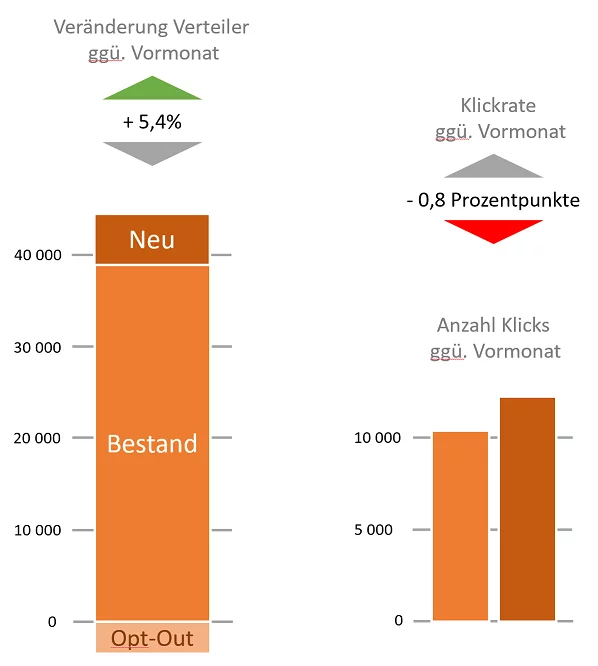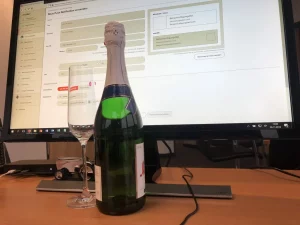There is no universal recipe for the ideal sending frequency of push notifications. Basically, the optimal frequency depends on different factors such as:
- Involvement of subscribers: How involved are subscribers with the topic or company? Is it a so-called high-involvement or high-interest area that involves a lot of attention and emotion? E.G. insurance is considered a low-involvement product by most consumers, while cars and vacations are considered high-involvement products. The higher the involvement, the higher the acceptance of frequent messages.
- Visit frequency: How often does the user visit the website? How often are the products and services used? These are also landmarks, because the higher the frequency of visits, the higher the acceptance of frequent messages. Exceptions are routine activities and products of daily use, which at the same time are associated with little involvement.
Information content: What content is send? What is the novelty value? Topicality and usefulness of the content increase the accepted frequency.
- Relevance: How relevant is the respective notification? Is the benefit to the recipient and the communicated benefit high? The more specifically the message addresses the interests and preferences, the less they are perceived as a nuisance.
- Variety: How much are occasions and type of notifications mixed? A healthy mix of promotions and information, invitations to events and notices following a website visit ensure that notifications are not perceived as a nuisance, but as good customer service.
Orientation to email marketing
Even for email newsletters, there is no blanket answer to the question of the optimal frequency. Nevertheless, it can be said: once a week works very well in most cases. This insight is also applicable to notifications.
Keeping an eye on key figures
When making decisions about sending frequency, it is important to consider any impact on unsubscribe rates. Alarming would be a dwindling of the recipient list, i.e. when the unsubscribe rate exceeds the opt-in rate.
Here is an example impact analysis on distributors and success, which would argue for maintaining the frequency, despite a negative change in click-through rate:

Should the recipient list shrinks even with a weekly or even lower frequency, it is likely to be due to a lack of relevance of the notifications rather than the frequency of sending.
Furthermore, the effect of frequency changes on the click-through rate should be considered. If the click rate per notification decreases only slightly when the frequency is increased, i.e. the number of clicks per period increases in total, the higher frequency should be maintained. Depending on the objective of the notifications, we recommend looking at other metrics such as engagement by click, conversion rate, and revenue generated when experimenting with frequency.
Conclusion
Push notifications should be sent at least once a month; a weekly cycle is recommended in most cases. For successful use, however, the most important thing is that the notifications are as informative and useful as possible, and that they have an appealing and clear design. In addition, the distribution list size, click-through rate and conversions should always be kept in mind.
And last but not least: Use your first mover advantage. Since the distribution of push notifications is still relatively low, there is currently no need to fear a flood of notifications that would suggest limiting the frequency.







